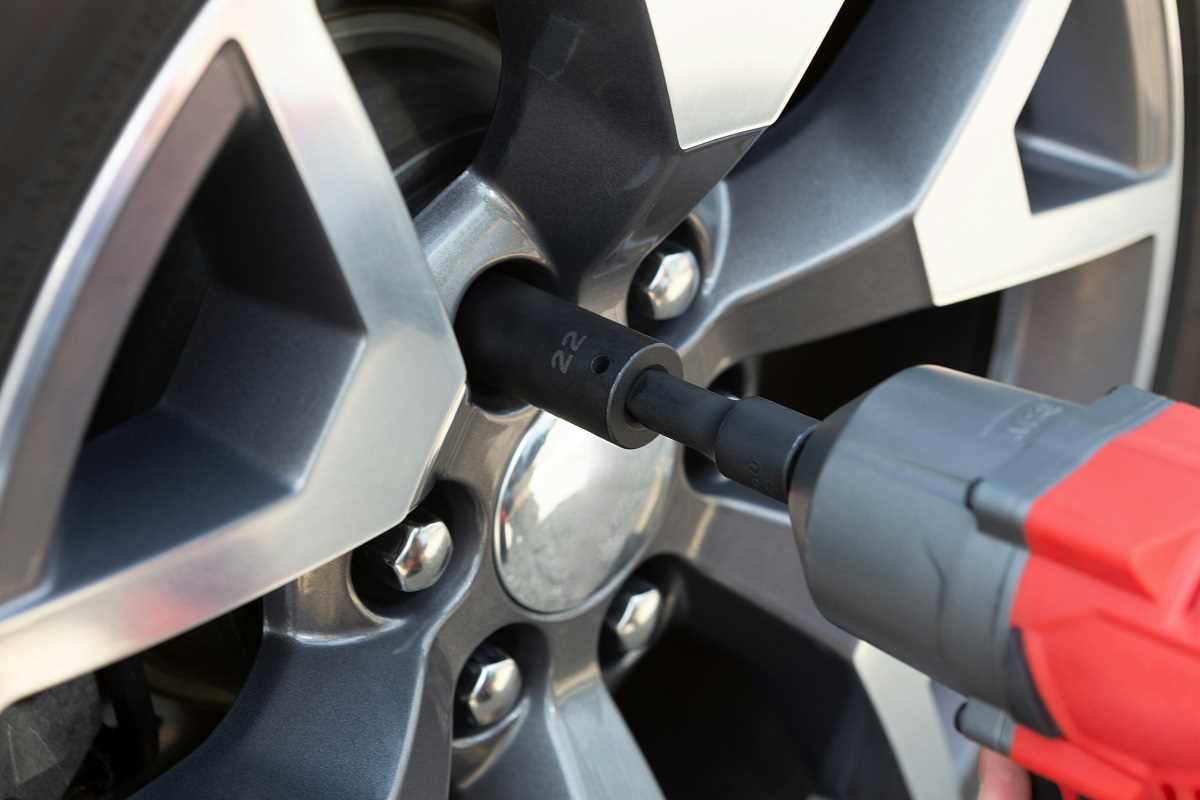Owning a car is both a joy and a responsibility. While regular maintenance is essential to keep your vehicle running smoothly, you don’t always have to rely on a mechanic for simple fixes. Believe it or not, there are plenty of car repairs you can do yourself, even if you're not the world’s most experienced DIYer. With the right tools, a bit of patience, and this guide, you can tackle common repairs without breaking a sweat (or the bank).
Here’s a breakdown of manageable car repairs, step-by-step instructions, and tips to keep you and your car safe.
1. Replacing Your Windshield Wiper Blades
Worn-out wiper blades can make driving in the rain outright hazardous. If you’ve noticed streaks or loud squeaky noises when you use them, it’s time for a replacement.
What You’ll Need:
- New windshield wiper blades (check your car’s owner's manual or use a sizing guide at your local auto shop)
Steps:
- Lift the wiper arm away from the windshield until it’s upright.
- Locate the release tab or clip where the blade connects to the wiper arm. Press or unclip it.
- Slide the old blade off the wiper arm.
- Align the new blade with the arm and slide it in until it clicks securely into place.
- Gently lower the wiper arm back onto the windshield.
Safety Tip:
Be careful when handling the wiper arm without a blade attached. If it snaps back onto the windshield, it could crack or chip the glass.
2. Changing Your Air Filter
A dirty air filter can reduce your engine’s efficiency and performance. Luckily, swapping it out takes just a few minutes.
What You’ll Need:
- A new air filter (your owner’s manual can guide you)
- A screwdriver (for some vehicles)
Steps:
- Open the hood and locate the air filter housing. It’s usually a black or gray plastic box near the engine.
- Unsnap or unscrew the housing cover to access the old filter.
- Remove the old air filter. Note its orientation so you can install the new one correctly.
- Insert the new air filter, ensuring it fits snugly.
- Reattach the housing cover by snapping it back in place or tightening the screws.
Safety Tip:
Always turn off the engine before working under the hood. Wait for a few minutes to avoid any heat-related mishaps.
3. Fixing a Flat Tire
Whether from a sharp nail or bad luck, a flat tire is something every driver dreads. With the right tools, though, it’s an easy fix.
What You’ll Need:
- Jack and jack stand
- Lug wrench
- Spare tire or tire repair kit
- Optional: Gloves and a flashlight
Steps to Replace a Flat Tire:
- Park your car on a flat, solid surface and apply the parking brake.
- Locate the spare tire, jack, and lug wrench (typically stored in the trunk).
- Loosen the lug nuts on the flat tire slightly, turning them counterclockwise, but don’t remove them yet.
- Use the jack to lift the car until the flat tire is off the ground.
- Fully unscrew and remove the lug nuts, then take off the flat tire.
- Align the spare tire with the lug bolt holes, then push it onto the hub.
- Screw the lug nuts back on by hand as much as possible.
- Lower the car using the jack until the spare tire touches the ground. Tighten the lug nuts with the wrench in a crisscross pattern to ensure even tightening.
Safety Tip:
Only use the spare tire as a temporary solution. Get your flat tire repaired or replaced as soon as possible.
If you’re using a tire repair kit, follow the manufacturer’s instructions to patch smaller punctures without removing the tire.
4. Changing Your Oil
Changing the oil is one of the most important routine car maintenance tasks. While it may seem intimidating, the process is simple once you know the steps.
What You’ll Need:
- Motor oil (check your owner’s manual for the type and quantity)
- New oil filter
- Socket wrench
- Oil filter wrench
- Funnel
- Drain pan
- Gloves and rags
Steps:
- Park your car on a level surface and turn off the engine. Wait about 10-15 minutes for it to cool.
- Place the drain pan under the oil drain plug (located at the bottom of the engine pan).
- Use a socket wrench to unscrew the drain plug. Allow the old oil to completely drain into the pan.
- Remove the old oil filter (you may need the oil filter wrench) and replace it with a new one. Be sure to rub a little oil on the rubber gasket of the new filter to create a proper seal.
- Reinstall and tighten the drain plug.
- Open the hood, locate the oil filler cap, and use a funnel to pour in the new oil.
- Check the oil level using the dipstick and add more oil if needed.
- Start your engine briefly to ensure there’s no oil leakage.
Safety Tip:
Dispose of the used motor oil and filter properly. Most auto shops accept these for recycling. Never dump oil down the drain or on the ground.
5. Checking and Cleaning Battery Connections
If your car struggles to start, corroded battery terminals might be the culprit. Cleaning them is simple and can make a big difference.
What You’ll Need:
- Protective gloves and safety goggles
- Wire brush or battery terminal cleaner
- Baking soda and water solution
- Wrench
Steps:
- Turn off your car and disconnect the battery, starting with the negative terminal (marked “-”).
- Mix a tablespoon of baking soda with a cup of water to create a cleaning solution.
- Dip the wire brush in the solution and scrub the corroded terminals and connectors until clean.
- Rinse with plain water and dry thoroughly.
- Reconnect the battery terminals, starting with the positive terminal (marked “+”) this time.
Safety Tip:
Always wear gloves and goggles to protect yourself from battery acid. If you spot significant damage or corrosion, it’s best to replace the battery entirely.
Tackling basic car repairs on your own can save you time and money and give you a sense of accomplishment. Plus, learning these skills ensures that you’re prepared for common car issues, whether you’re at home or on the road.
 (Image via
(Image via
.jpg)




